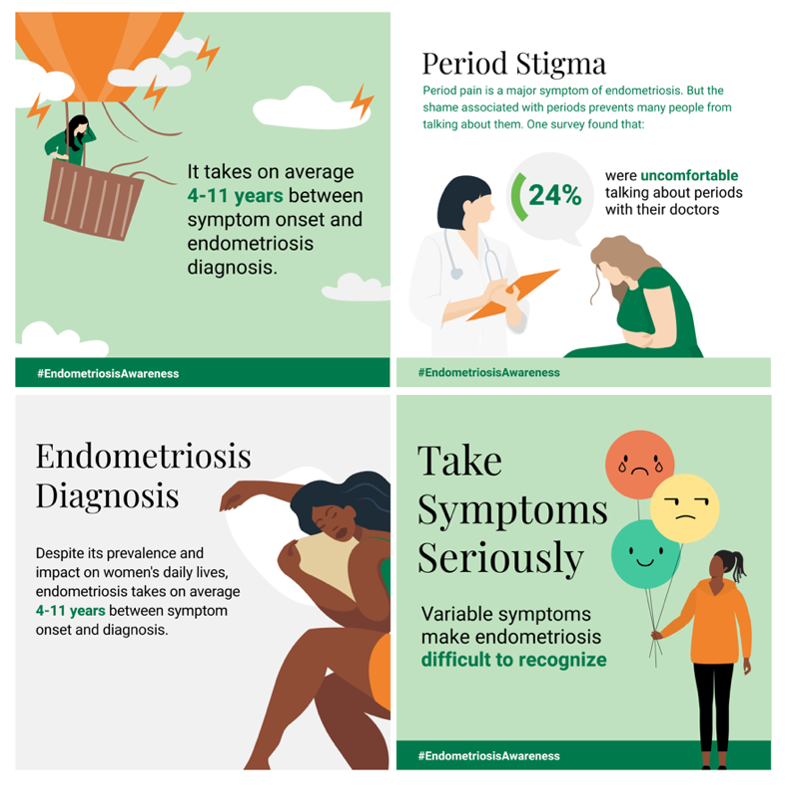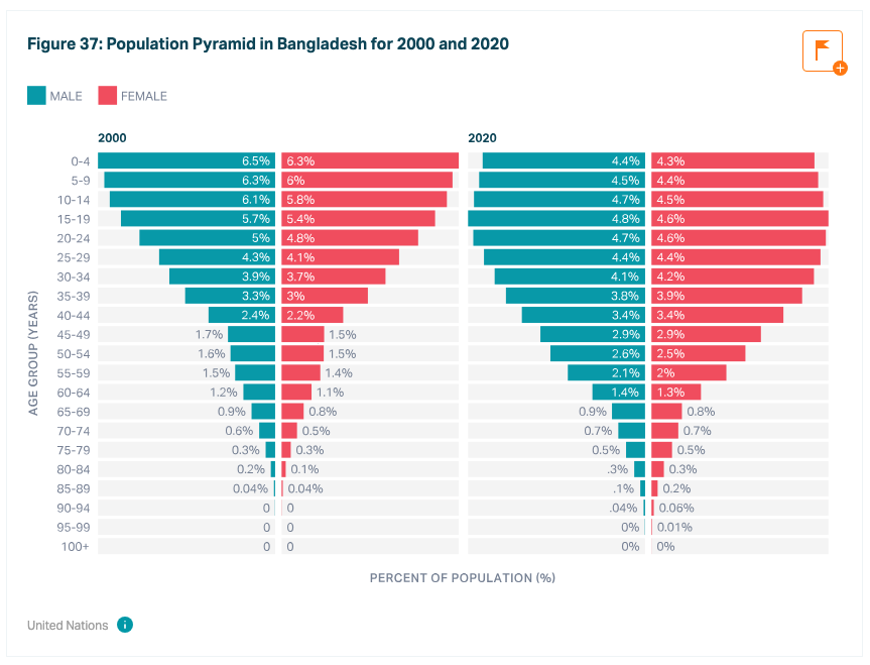In the intricate world of health, medicine, research and policy, the power to distill complexity into clarity is crucial. At Cognition, our mission is to support those who create impact by making their vital work more understandable, engaging and actionable. We empower analysts, researchers and policy teams to drive understanding and achieve measurable results.
To do this, we don’t just simplify data—we transform it into compelling narratives and platforms. Over the years, we’ve seen how effective information design, data visualization, content and user-centered design can transform complex data into accessible knowledge.
Information design for enhancing clear science and public health communication
Clear visual communication is crucial in combating misinformation and navigating complex health and scientific information. The objective of using infographics and designing information is to provide a clear, comprehensive overview of the latest research, insights and emerging discussions, ultimately enhancing clinical practice. Infographics, data visualizations, scientific didactics and diagrams are powerful visual tools for communicating complex information, and their effectiveness depends on how well they match the audience’s knowledge and expectations.
Building on behavioral research and cognitive principles, we can design effective visuals for various types of complex information, audiences and settings. Well-designed visuals can effectively convey health and scientific messages to non-experts like investors, journalists, patients and policymakers. They can ensure clarity in comparing options, interpreting results and evaluating risk scenarios, which are common tasks in science and health communication.
For example, in the era of social media, infographics can achieve greater traction and engagement than traditional journal sites. They also play a crucial role in patient recruitment for clinical trials, allowing researchers to tailor their messages to specific patient groups and improve participant diversity.




